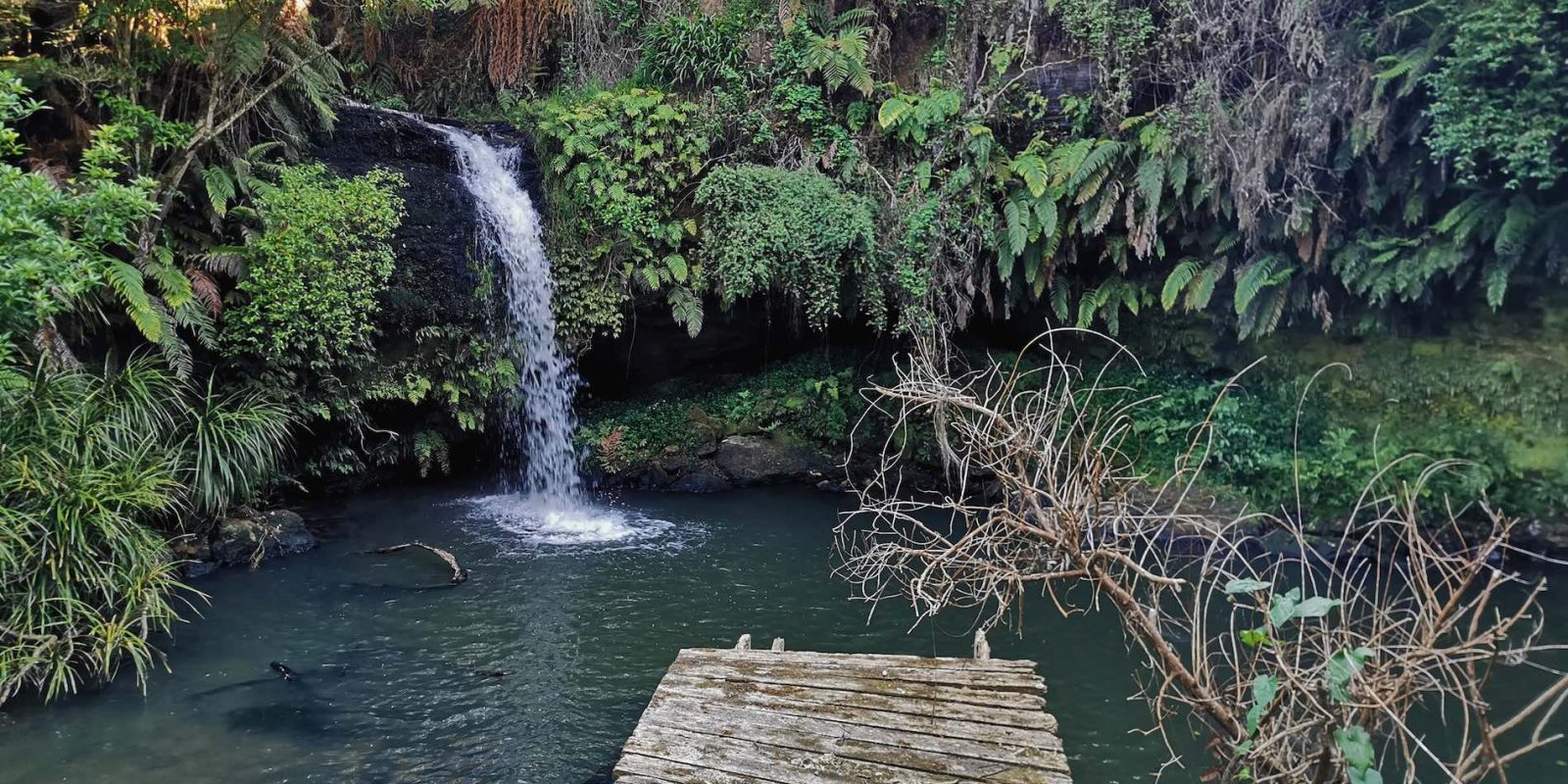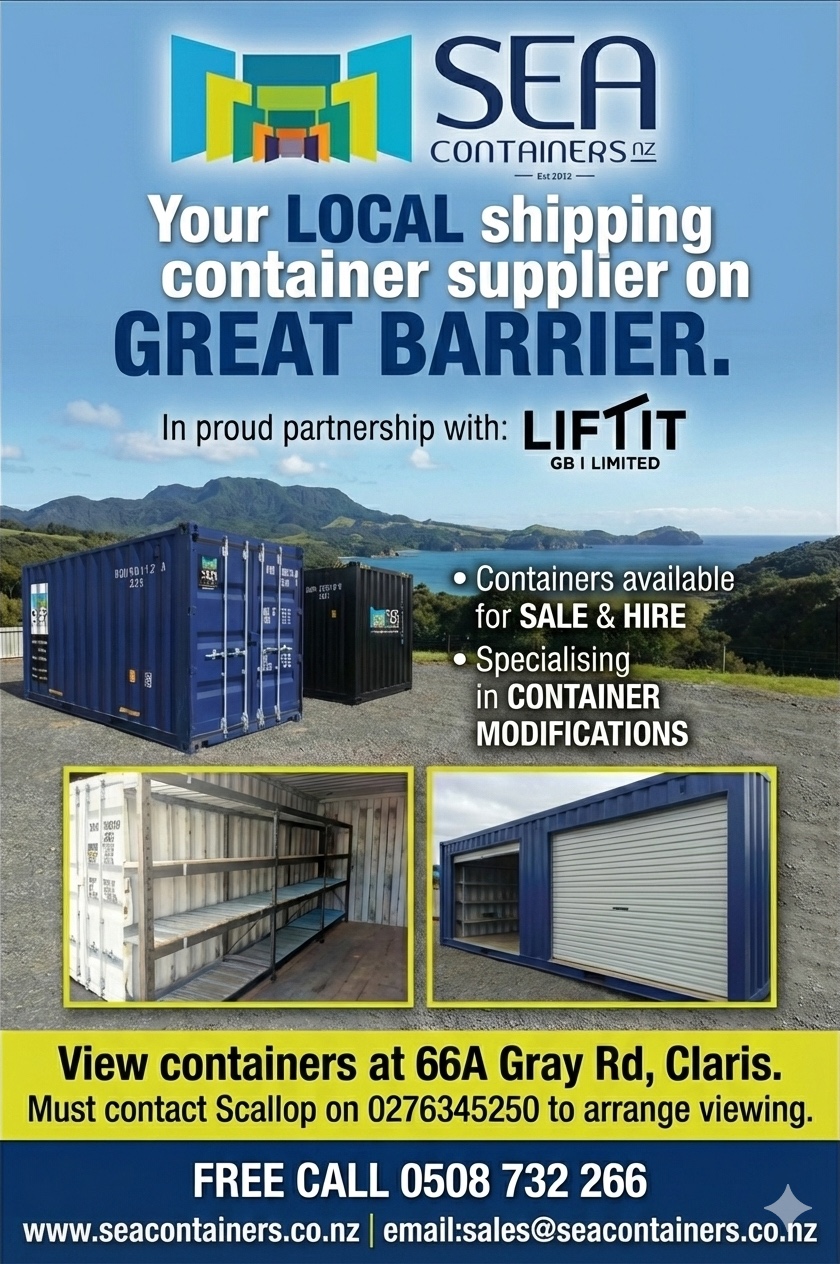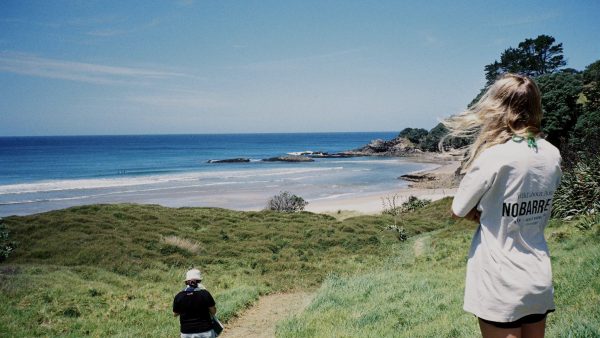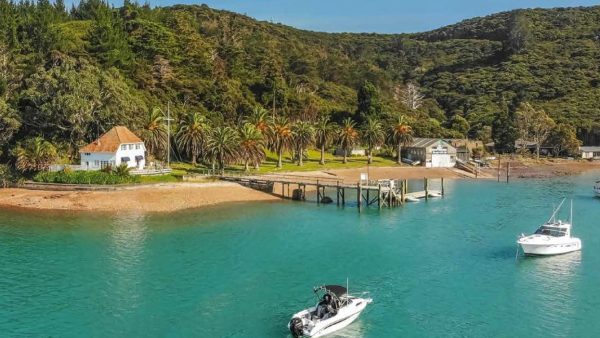On an island where every lightbulb is powered by what you can harvest, store, or generate yourself, the idea of a machine quietly making electricity day and night feels almost magical. Unlike solar, which knocks off at sunset, or wind, which works only when the weather plays ball, micro-hydro just keeps going — harnessing a stream’s flow to keep your batteries topped up around the clock.
It’s not a fantasy. We’ve seen a couple of systems in remote parts of Aotea that hum away year after year, turning moving water into an uninterrupted power supply. For the owners, it’s a complete game-changer — tools run without guilt, freezers stay cold without nursing the battery monitor, and diesel sits untouched.
The principle is simple: water drops from one point to another, and in between it spins a turbine. On Aotea, it’s that drop — the “head” — that can make or break the dream. Ten litres a second falling ten metres will net you around 700 watts. Double the drop and you double the power. Get a few kilowatts running 24/7 and you’re in a different league entirely, producing more in a week than some solar arrays manage in a month.
How it Works
• Flow + Head – The more water and the greater the drop, the better. A small but steep stream can be more valuable than a sluggish river.
• Turbine Choice – For Aotea’s steep terrain, Pelton or Turgo wheels are the go-to. Stainless or aluminium, marine-grade to handle salt air.
• Pipework – Smooth-bore polyethylene or PVC pressure pipe keeps friction losses low so you get the most from your flow.
• Intake & Pond – A screened intake and small forebay pond keep leaves, twigs, and freshwater cray out of the works, while settling silt before it hits the turbine.
• Electrics – Output runs through a charge controller into your battery bank, much like solar.
Aotea’s steep valleys and winter rains are a gift here. A well-sited turbine can run with little more than occasional screen cleaning and nozzle checks. The problem is finding the right site. Summer dry spells can leave you with a beautiful turbine and nothing to feed it. And then there’s the Resource Management Act, which technically wants you to seek consent for any diversion, even if your stream is about to swan-dive into the ocean.
Officially, it’s about protecting freshwater ecosystems. In practice, some sites have no downstream users and no habitat at stake — just a bit of falling water going to waste. We’ve seen one such setup: the stream gathers in a small dam, keeping debris and freshwater cray safely upstream, spins a turbine to power a small workshop, then drops forty metres straight into saltwater. No neighbours. No tanks. No arguments.
Those spots are rare. More often, you’re in a catchment already webbed with black alkathene lines, and taking a continuous trickle will get you more side-eye than congratulations. But if you have the flow, the drop, and the right spot, you’ll have something most off-grid homes only dream about — silent, ceaseless, utterly reliable power.







